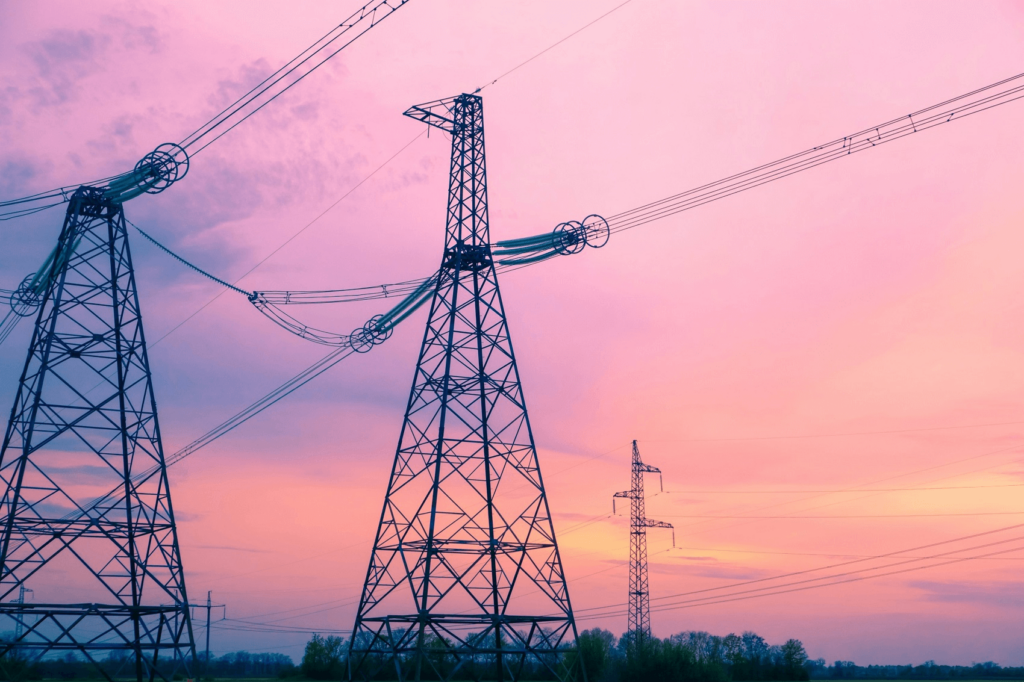You just need to take a look at the success stories of renewable energy farms and traditional power plants using remote access to boost productivity. For example, a technician across the globe can tweak a nuclear facility’s controls. Or a storm-damaged solar panel’s status could be checked without needing an engineer’s presence onsite. This isn’t something out of a futuristic novel; it can be an easy-to-implement reality.
The Power of Real-Time Monitoring for the Energy Industry
Say goodbye to the routine site visits. With remote access solutions like RealVNC Connect, energy operators can keep tabs on power plants, wind turbines, and solar farms in real time – fine-tuning performance, cutting downtime, and predicting maintenance before the calendar does.
However, you need to make sure that the security of the solution you choose is proven. For example, encryption ensures these remotely accessible locations, often off the beaten path, are safe from cyber threats when accessed remotely.
On-Demand Asset Management, a Strike for Efficiency
But there’s more to it than just prevention. The ability to manage assets on demand offers a control level that keeps pace with our energy demands with precision. With a multiplatform solution, you can ensure that all devices can be accessed, irrespective of the operating system they use.
Efficiency is the new black in the energy market. Remote asset management brings a toolbox full of tech that you can put to good use. From shaving off carbon footprint by quickly tackling inefficiencies to promoting a robust and decentralized energy grid, remote access is bridging the gap between the operational heart of a plant and the digital world.
Switching to a digital infrastructure may seem overwhelming, technologically, and culturally. But the advantages are worth the effort. Operational cost savings, a resilient approach to the maintenance of energy production facilities, and an overall boost in service quality.
Critics might point out the risk of depending too much on digital tools. But let’s think about the flexibility it offers. A power plant shut down by a storm is not just a loss in revenue; it threatens the very systems that keep the lights on. Remote access can manage these risks, help you balance the load, adjust demand, and redirect production.
Building the Ecosystem: Remote Accessed Renewable Energy Management
Moving towards remote access technologies in the energy sector doesn’t just benefit the individual; it builds an ecosystem. Distributed power sources – like a network of solar panels across a city – are not burdens, but pieces of a complex puzzle. You need to be able to access and manage the pieces of this puzzle at all times.
Remote asset management in the energy sector isn’t a new idea anymore; it’s an essential strategy. With this tech revolution comes a cultural shift. Engineers and technicians are no longer tied down to energy plants; their offices are now as dynamic as the energy sources they manage. This often-overlooked shift in work culture in the energy encourages an industry that’s more responsive, more innovative, and more attractive to the new generation of workers.
A Call to Action
The remote access chapter in the energy sector is only just beginning, but it has tons of potential. It’s not a story of digital replacing physical but of the two working together towards efficiency and sustainability. For the energy sector, the path is clear: align your goals with remote access technology and watch it evolve.













